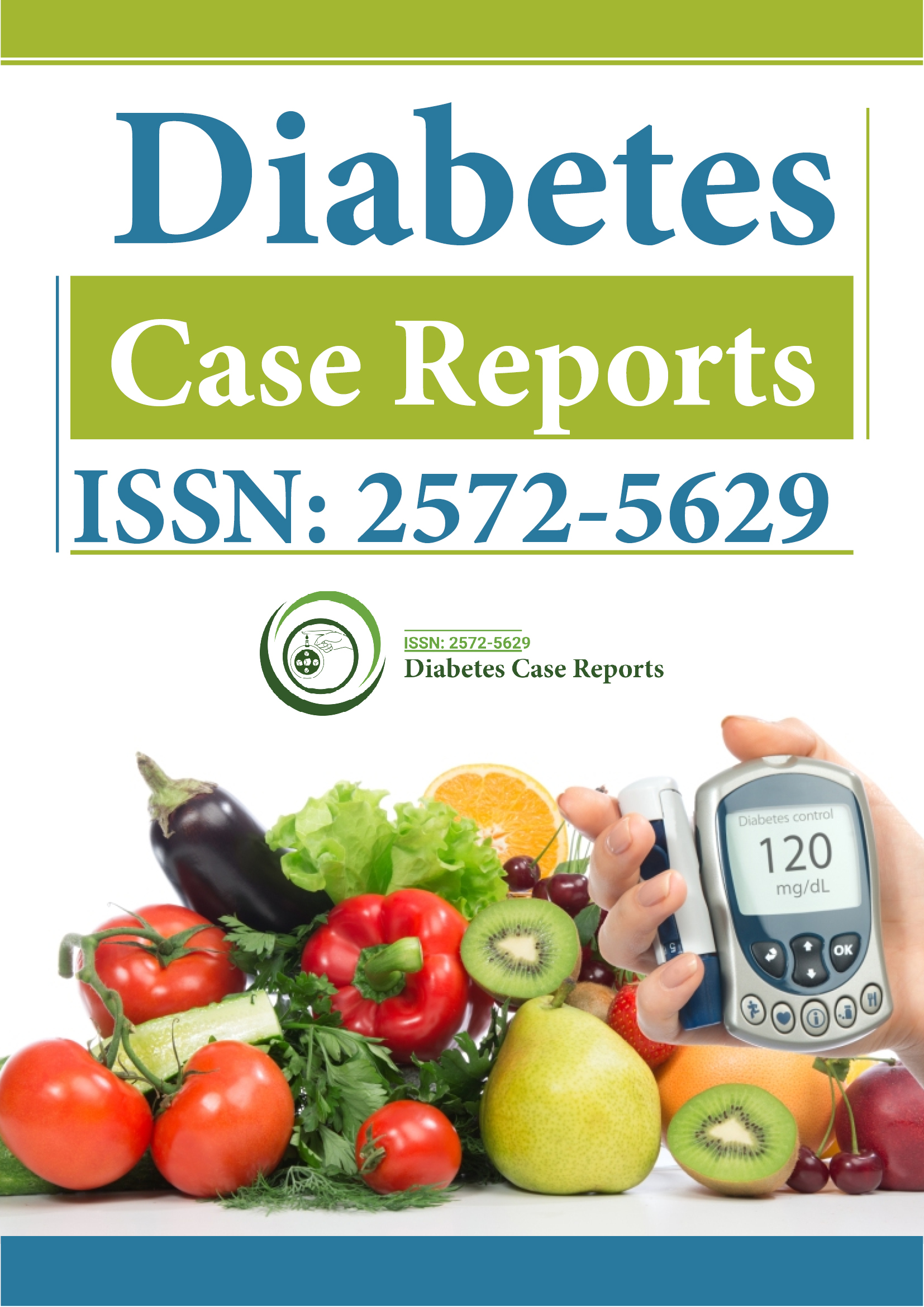Indexed In
- RefSeek
- Hamdard University
- EBSCO A-Z
- Euro Pub
- Google Scholar
Useful Links
Share This Page
Journal Flyer

Open Access Journals
- Agri and Aquaculture
- Biochemistry
- Bioinformatics & Systems Biology
- Business & Management
- Chemistry
- Clinical Sciences
- Engineering
- Food & Nutrition
- General Science
- Genetics & Molecular Biology
- Immunology & Microbiology
- Medical Sciences
- Neuroscience & Psychology
- Nursing & Health Care
- Pharmaceutical Sciences
Bone loss and fractures in post-menopausal women living with HIV: A narrative review
7th Annual Meeting on Diabetes and Endocrinology
November 18, 2024 | Webinar
Maryam Jamshaid
Liverpool University Hospital NHS Trust, UK
Scientific Tracks Abstracts: J Psychiatry
Abstract:
Statement of the Problem: Post-menopausal women living with Human Immunodeficiency Virus (WLHIV) face an increased risk of bone fractures due to the relationship between HIV-related factors and menopause. This narrative review summarises the current knowledge about fracture risk among post menopausal WLHIV in particular looking at endocrine changes, combined antiretroviral therapy (cART), lifestyle factors, and psychosocial implications. We also profiled a summary of the significant, recent studies of post-menopausal WLHIV residing in low income countries (LIC). Methodology & Theoretical Orientation: a thorough search of the literature was performed across PubMed, Medline, Scopus, and Google Scholar, focusing on studies published between 2000 and 2024. Inclusion criteria entailed original research, reviews, and meta-analyses addressing bone mineral density (BMD), fracture incidence, and related risk factors in post-menopausal WLHIV. Findings: The review identified 223 relevant studies. Post-menopausal WLHIV exhibit significantly lower BMD and higher fracture rates compared to both HIV-negative post-menopausal women and pre menopausal WLHIV. cART, particularly tenofovir disoproxil fumarate (TDF), contributes to reduced BMD. Menopausal status exacerbates this risk through decreased oestrogen levels, changes in thyroid and para-thyroid hormones leading to increased bone resorption. Moreover, lifestyle choices such as smoking, alcohol consumption, and low physical activity are more prevalent in PWHIV, which further elevates the risk of diabetes, metabolic syndrome and fracture risk. Women living in LICs face a variety of challenges in accessing HIV care. There are research gaps related to the prevalence of osteoporosis and bone loss in post-menopausal WLHIV in LICs. Conclusion & Significance: Post-menopausal WLHIV face a significantly higher risk of bone loss and fractures due to the combined effects of HIV and menopause. cART, endocrine changes and social challenges exacerbate this risk. A holistic approach including lifestyle changes and psychosocial support is crucial to reduce fracture risk in WLHIV.
Biography :
Dr Maryam Jamshaid is an academic resident doctor at Aintree University Hospital, Liverpool and an honorary cli nician at the University of Liverpool, United Kingdom. She is currently researching wrist implants that can improve hand function post-carpectomy. During her time as a medical student, she worked on a number of projects to explore her surgical interest, including the management of third and fourth degree tears on labour wards, effects of weekend transplant surgery and using the shared decision making model to improve patient physician communica t ion during surgical consultations.
